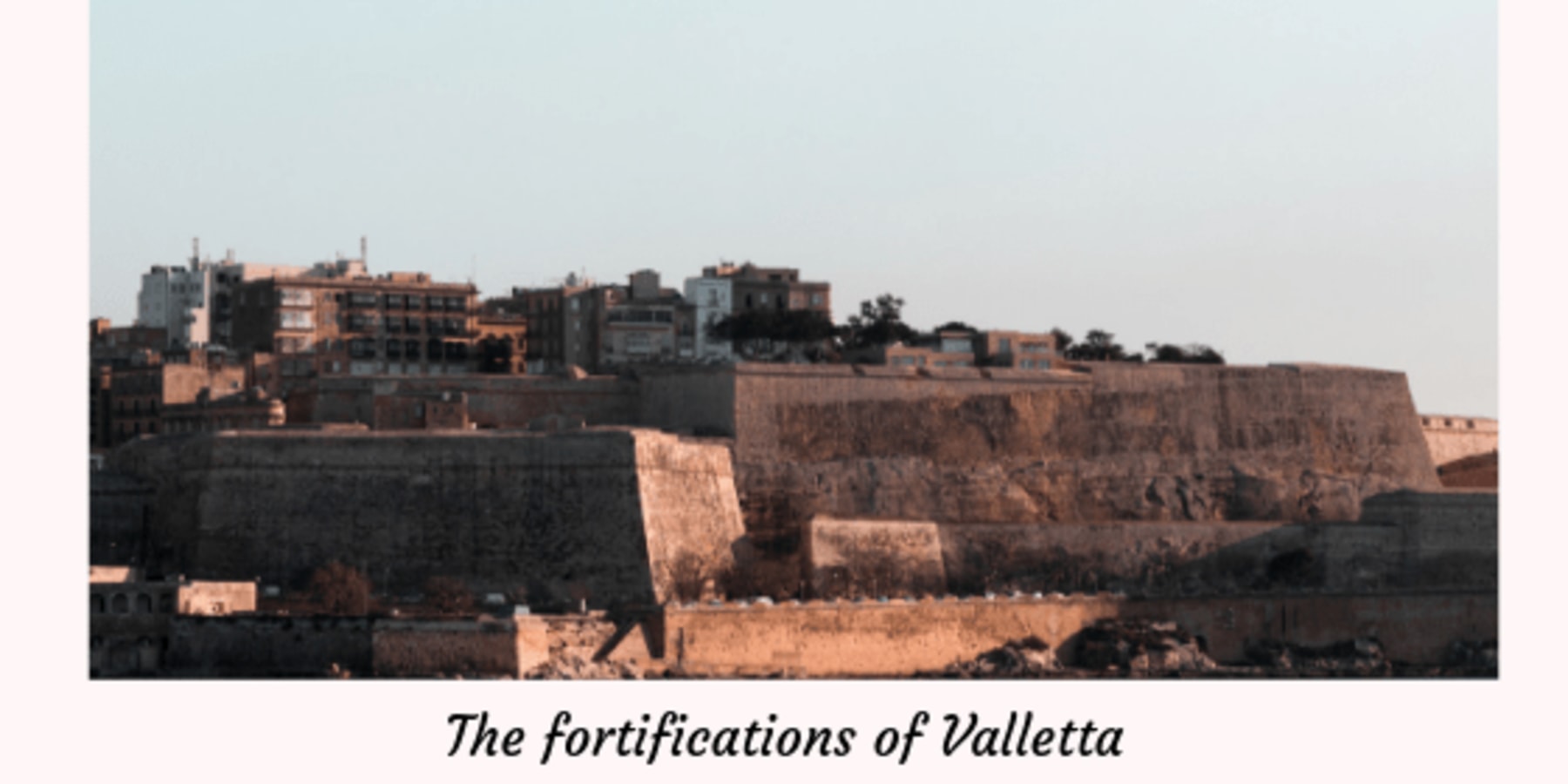
While walking in Valletta one can't ignore the imposing fortifications and probably ask how long did a hilly rock become such an impregnable fortress. You don’t have to ask those questions anymore. We will tell you the stories to get the answers you’re looking for.
The Constructions and Improvements of the Fortifications
The construction of the fortifications of the Sciberras Peninsula (where Valletta and Floriana are located) was first proposed back in 1524. When the Order of St. John sent a commission to inspect the Maltese Islands. The proposal of the fortified city was rejected and the Order focused on building fortifications in their base in Birgu instead.
When Malta got briefly attacked in 1551, the Order of St. John set up a commission to improve the island’s fortifications. A year later, Fort St. Elmo was built. The fort played a significant role in the Great Siege of Malta in 1565. A few months of fierce fighting and heavy casualties, the fort collapsed and everyone inside slaughtered.

At that point, the Knights of the Order of St. John were besieged in Birgu and Senglea. Until a relief force arrived and the blockade was lifted.
After the emerged victory, it was clear the Sciberras Peninsula could not be allowed to be used by the enemy.
Luckily, the Order of St. John received much needed financial support from Europe which was used to construct the fortified city on the Scibberas Peninsula.
The designer of the city’s fortifications was selected to be the Italian engineer Francesco Laparelli, sent to Malta by the Pope. On the 28th of March 1566, the city’s first limestone was laid by Grand Master Jean De La Vallette. As you probably can figure out, his name was the inspiration to “Valletta”. The city walls were among the first structures to be built within the city and completed in the 1570s. Fort St. Elmo, previously reduced to rubble during the Great Siege, was also rebuilt and made into a part of the city walls.
Although Valetta was still unfinished at the time, it became the capital city and the seat of the Order on the 18th of March 1571.
In the 17th and 18th centuries, the fortifications of Valletta were strengthened by various outworks, a covert way, and a glacis. Even though there were some major modifications done to the fortification, it was later realized they were still not strong enough to survive another long blockade.
This realization was the start of the Floriana Lines, which closed the Valletta Land Front. In the 18th century, the Floriana Lines were modified. During these centuries, the borders of Valletta and the Three cities were further upgraded by adding the Santa Margherita Lines and Cottonera Lines, as well as Fort Ricasoli, Fort Manoel and Fort Tigné. Apart from these, there were also proposals made for further constructions, including fortifications on Corradino and Ta’ Xbiex, but they were never fulfilled.

Occupation Went Awry and British Rule
The spectacular fortifications saw their first use during the French invasion of Malta on the 9th of June 1798. Three days later, on the 12th of June, the Order of St. John capitulated and the French were handed Valletta and its fortifications. As Napoleon looked upon the fortifications, he reportedly commented: “I am very glad that they opened the gate for us”.
After only a few months of French rule, the Maltese rebelled against them supported by the British, Italians and Portuguese. The French managed to hold out in Valletta until September 1800 when the French General Vaubois capitulated to the British. Once the British had taken the lead, they started making various modifications to Valletta’s fortifications. The most significant one was the construction of Fort Lascaris, which is an artillery battery located on the east side of Valletta.
Somewhere between the late 19th and early 20th centuries, the fortifications were decommissioned.
Although some parts (for example Fort St. Elmo) remained in use even after World War II and were restored after that. They also had the Porta Reale (City Gate) made in 1853 and demolished in 1963 to make way for a modern City Gate. In 2011, the gate demolished was the gate once again, to get a completed update in 2014.
On the 21st of September 1964, the British Empire granted Malta its independence from.

